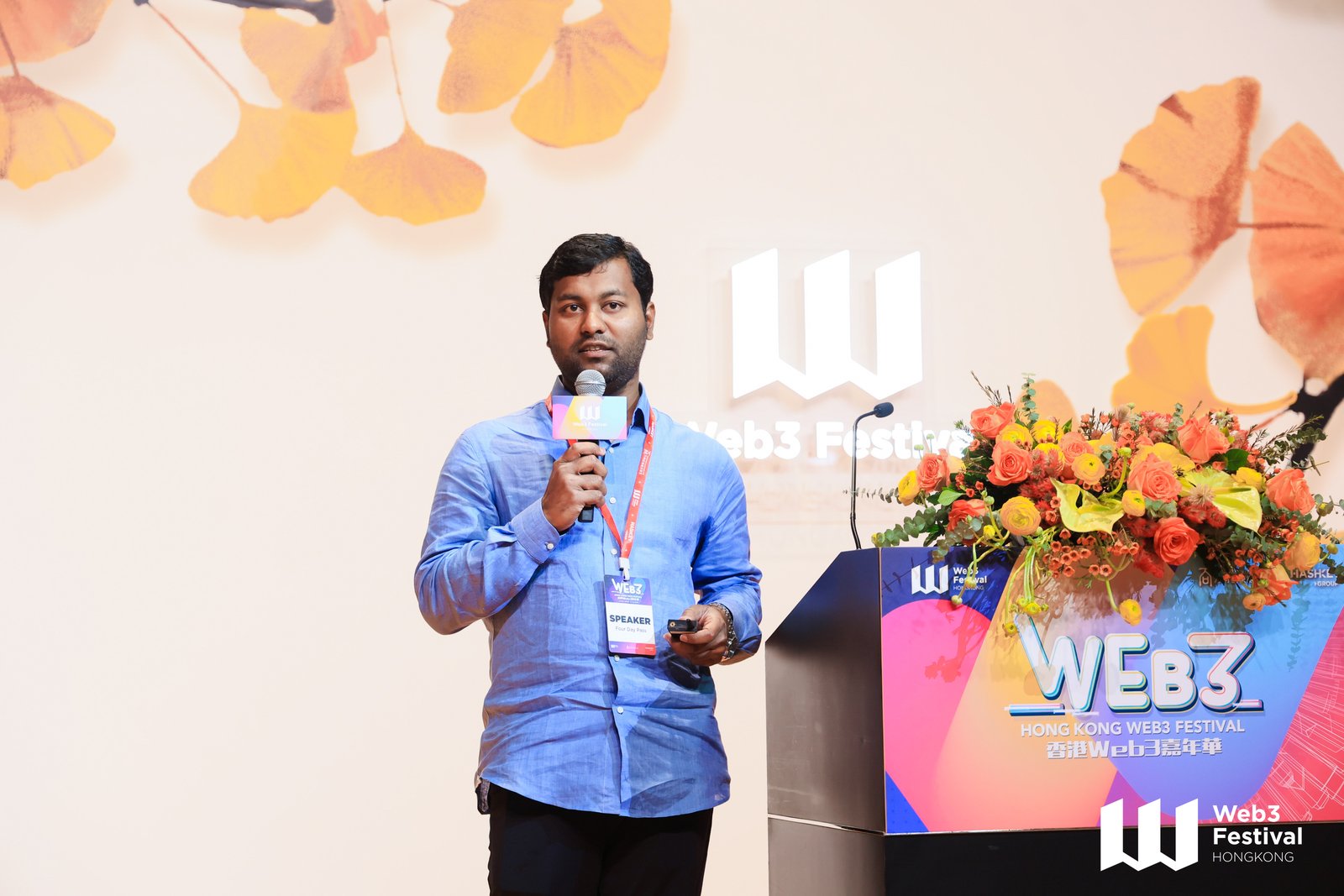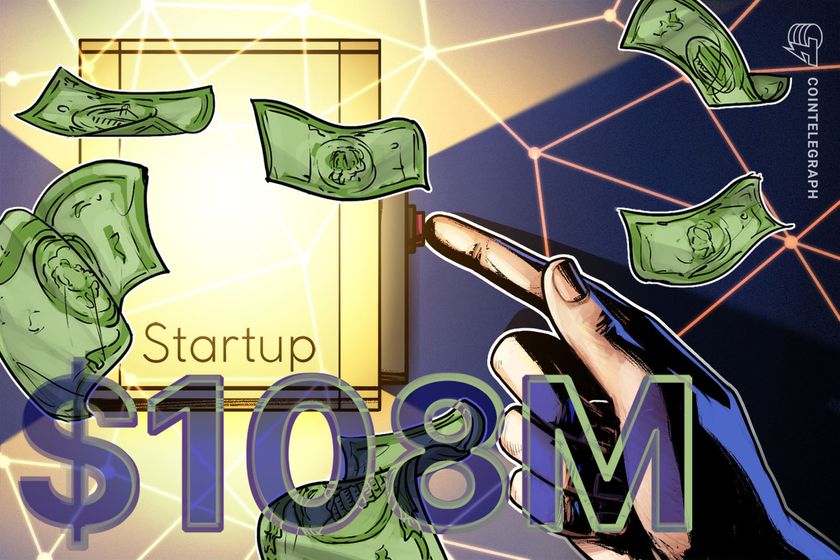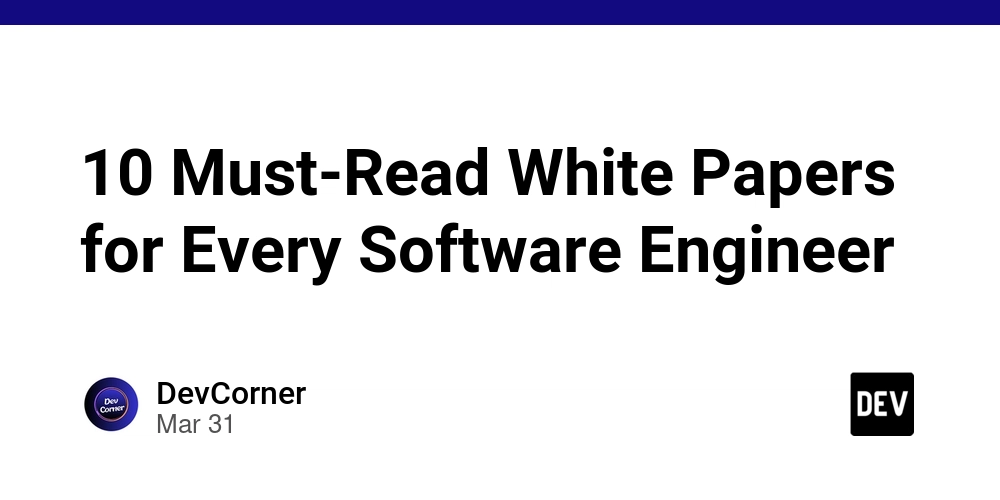Empowering Open Source: A Comprehensive Guide to Developer Stipends, Sponsorship, and Open Collaboration
Abstract This post examines the evolution and impact of sustainable funding models in open source. We dig into financial support mechanisms—from developer stipends and GitHub Sponsors to tokenization and corporate backing—and show how these systems empower the open source community. Readers will learn about historical context, core funding concepts, practical use cases, challenges, and future trends that are transforming open collaboration in software development. Introduction Open source is the backbone of innovation across industries, powering everything from critical infrastructure to cutting-edge blockchain applications. With open collaboration and transparency as its pillars, open source software faces a vital challenge: ensuring sustainability through effective financial support. Financial models such as developer stipends and sponsorship schemes have emerged to bridge the gap between voluntary contributions and professional development. In this comprehensive guide, we explore these funding ecosystems in detail. We discuss how initiatives like GitHub Sponsors for Developers and open source developer stipends are transforming the way contributions are valued and sustained. By understanding these mechanisms and their real-world applications—ranging from blockchain projects to NFT marketplaces—we can appreciate how financial support boosts innovation, improves software quality, and enhances global inclusivity. Background and Context Open source software has evolved considerably over the past few decades. In the early days, contributions were driven purely by passion and community goodwill. As projects like Linux and Mozilla proved the power of collaborative development, the need for sustainable financial models became ever more pressing. Today, open source is not just a volunteer activity—it is a vital, economically significant ecosystem. Historically, developers maintained these projects while balancing day jobs. However, as open source projects grew more complex and integral to critical infrastructure, volunteers began to face financial uncertainties. This gap has prompted the creation of innovative funding methods including: Developer Stipends: Non-salary payments that allow contributors to dedicate more time without the pressure of full-time employment. Sponsorship Platforms: Platforms like GitHub Sponsors provide direct support from organizations and community members. Tokenization: With blockchain technology, projects can use tokens to both fund development and give contributors governance rights. With the advent of blockchain, financial transparency is more attainable. Funding initiatives now extend into areas such as NFT marketplaces and DeFi applications, which rely on secure, transparent financial models. These innovations are reshaping financial support in open source by offering reward systems that are both flexible and equitable. The open source ecosystem today integrates efforts from grassroots development, corporate sponsorships, and community crowdfunding campaigns. This mix creates a robust safety net, ensuring that quality contributions can continue even when market conditions fluctuate. As funding debates increasingly incorporate perspectives on decentralization, open source financial models are slowly being recognized as essential to maintain innovation in the digital age. Core Concepts and Features The open source funding landscape is built on underlying principles that include transparency, flexibility, and inclusivity. Let’s delve into the core components of these initiatives and see how they overlap to create a unified approach. Developer Stipends Developer stipends offer non-salary monetary support so contributors can focus on code improvements and innovation without the burden of inconsistent income. The key features include: Flexibility: Developers work on multiple projects with a schedule that suits their lifestyle. Transparency: Clear disbursement guidelines boost trust within the community. Accountability: Regular assessments ensure the funds match contributions and project needs. For more details, check out our detailed discussion on open source developer stipends. Sponsorship Platforms like GitHub Sponsors One of the primary tools in modern open source funding is GitHub Sponsors. This platform allows community members and organizations to support individual contributors and entire projects through a tiered sponsorship structure. Key features include: Direct Financial Support: Funds are transferred directly, providing immediate economic relief. Community Engagement: Sponsors can receive exclusive insights and updates, taking an active role in the project’s evolution. Multiple Funding Tiers: Ranging from micro-donations to large-scale sponsorships that meet long-term commitments. Additional Funding Methods Beyond stipends and GitHub Sponsors, other funding methods play
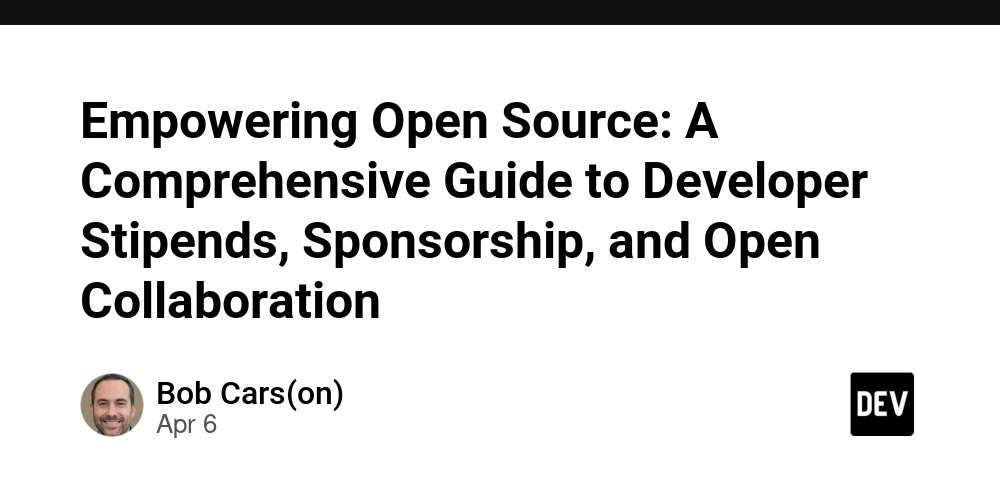
Abstract
This post examines the evolution and impact of sustainable funding models in open source. We dig into financial support mechanisms—from developer stipends and GitHub Sponsors to tokenization and corporate backing—and show how these systems empower the open source community. Readers will learn about historical context, core funding concepts, practical use cases, challenges, and future trends that are transforming open collaboration in software development.
Introduction
Open source is the backbone of innovation across industries, powering everything from critical infrastructure to cutting-edge blockchain applications. With open collaboration and transparency as its pillars, open source software faces a vital challenge: ensuring sustainability through effective financial support. Financial models such as developer stipends and sponsorship schemes have emerged to bridge the gap between voluntary contributions and professional development.
In this comprehensive guide, we explore these funding ecosystems in detail. We discuss how initiatives like GitHub Sponsors for Developers and open source developer stipends are transforming the way contributions are valued and sustained. By understanding these mechanisms and their real-world applications—ranging from blockchain projects to NFT marketplaces—we can appreciate how financial support boosts innovation, improves software quality, and enhances global inclusivity.
Background and Context
Open source software has evolved considerably over the past few decades. In the early days, contributions were driven purely by passion and community goodwill. As projects like Linux and Mozilla proved the power of collaborative development, the need for sustainable financial models became ever more pressing. Today, open source is not just a volunteer activity—it is a vital, economically significant ecosystem.
Historically, developers maintained these projects while balancing day jobs. However, as open source projects grew more complex and integral to critical infrastructure, volunteers began to face financial uncertainties. This gap has prompted the creation of innovative funding methods including:
- Developer Stipends: Non-salary payments that allow contributors to dedicate more time without the pressure of full-time employment.
- Sponsorship Platforms: Platforms like GitHub Sponsors provide direct support from organizations and community members.
- Tokenization: With blockchain technology, projects can use tokens to both fund development and give contributors governance rights.
With the advent of blockchain, financial transparency is more attainable. Funding initiatives now extend into areas such as NFT marketplaces and DeFi applications, which rely on secure, transparent financial models. These innovations are reshaping financial support in open source by offering reward systems that are both flexible and equitable.
The open source ecosystem today integrates efforts from grassroots development, corporate sponsorships, and community crowdfunding campaigns. This mix creates a robust safety net, ensuring that quality contributions can continue even when market conditions fluctuate. As funding debates increasingly incorporate perspectives on decentralization, open source financial models are slowly being recognized as essential to maintain innovation in the digital age.
Core Concepts and Features
The open source funding landscape is built on underlying principles that include transparency, flexibility, and inclusivity. Let’s delve into the core components of these initiatives and see how they overlap to create a unified approach.
Developer Stipends
Developer stipends offer non-salary monetary support so contributors can focus on code improvements and innovation without the burden of inconsistent income. The key features include:
- Flexibility: Developers work on multiple projects with a schedule that suits their lifestyle.
- Transparency: Clear disbursement guidelines boost trust within the community.
- Accountability: Regular assessments ensure the funds match contributions and project needs.
For more details, check out our detailed discussion on open source developer stipends.
Sponsorship Platforms like GitHub Sponsors
One of the primary tools in modern open source funding is GitHub Sponsors. This platform allows community members and organizations to support individual contributors and entire projects through a tiered sponsorship structure.
Key features include:
- Direct Financial Support: Funds are transferred directly, providing immediate economic relief.
- Community Engagement: Sponsors can receive exclusive insights and updates, taking an active role in the project’s evolution.
- Multiple Funding Tiers: Ranging from micro-donations to large-scale sponsorships that meet long-term commitments.
Additional Funding Methods
Beyond stipends and GitHub Sponsors, other funding methods play a significant role in sustaining open source projects:
- Community Crowdfunding: Utilizing micro-donations to build an engaged base of supporters.
- Corporate Sponsorship: Long-term commitments from businesses that leverage the innovations coming from open source.
- Tokenization and Decentralized Finance: By tying tokens to project growth and governance, communities benefit from a novel revenue stream that also enhances decision making.
Below is a table summarizing various funding models:
| Funding Model | Key Feature | Benefit | Potential Challenge |
|---|---|---|---|
| Developer Stipends | Regular, non-salary payments | Reliable income for innovation | Limited scale without diverse funding sources |
| GitHub Sponsors | Direct, tier-based sponsorship | Immediate support and community buzz | Requires continued engagement to sustain growth |
| Crowdfunding | Micro-donations from a large base | Democratizes financial support | Income may fluctuate based on donor interest |
| Corporate Sponsorship | Long-term partnerships with businesses | Stability and scale | Risk of commercial influence on project direction |
| Tokenization & DeFi Funding | Token-based incentives tied to governance | Aligns rewards with project performance | Regulatory uncertainties and market volatility |
Bullet List: Core Principles of a Unified Funding Model
- Transparency: Public tracking and clear guidelines for fund distribution.
- Flexibility: Multiple funding streams to meet varying project needs.
- Scalability: Systems designed to grow as project complexity increases.
- Inclusivity: Models that accommodate a global contributor base.
- Community Ownership: Tokenized governance that gives every stakeholder a voice.
By blending these elements, the open source community creates a resilient financial structure that minimizes dependency on any one funding stream while reinforcing the ethos of collective ownership and accountability.
Applications and Use Cases
Let’s explore real-world examples where these funding models make a tangible difference:
Use Case 1: Blockchain Infrastructure Projects
A blockchain project supporting decentralized finance (DeFi) applications demonstrates how diverse financial models come together to sustain innovation. Here’s how it works:
- Developer Stipends: Core developers receive regular stipends, allowing them to continuously improve the system without financial distraction.
- Tokenized Incentives: Contributors earn tokens that grant governance rights and share in the project's success.
- Corporate Sponsorship: Fintech companies invest to secure the platform’s innovation and stability.
This model has enabled the blockchain infrastructure not only to innovate rapidly but to maintain long-term security and trust across its ecosystem.
Use Case 2: NFT Marketplace Evolution
NFT marketplaces have revolutionized digital art and collectibles by operating on open source principles. Financial models such as those provided by open source developer stipends and GitHub Sponsors empower creative coders to refine these platforms continually.
- Crowdfunding Campaigns: Micro-donations finance rollouts of new features.
- Stipends: Regular payments ensure developers focus on improving user interface, security, and blockchain interoperability.
- Token-Based Governance: Token rewards allow community voting on key updates, ensuring the platform evolves in line with collective interests.
Use Case 3: Cross-Platform Developer Collaboration
For projects that span multiple platforms—with contributors from varied backgrounds—a diverse funding approach is essential:
- Direct Sponsor Contributions: Developers benefit from immediate sponsorship payments.
- Community Crowdfunding: Temporary funding gaps are bridged through public campaigns.
- Government and Corporate Grants: Larger sums support cross-functional, scalable development for tools that integrate decentralized applications (dApps) and open source frameworks.
Below is a bullet list summarizing the application areas:
- Blockchain Infrastructure: Reliable funding boosts innovation in DeFi and secure networks.
- NFT Marketplaces: Financial tools support evolving features and interoperability.
- Cross-Platform Collaboration: Diverse funding streams ensure equitable participation and development pace.
Moreover, platforms like open source project sponsorship opportunities add layers to this funding model, providing additional pathways for innovation.
Challenges and Limitations
Despite the progress, several hurdles remain in implementing these funding models:
Financial Volatility and Overdependence
The income from sponsorships and stipends can be sensitive to market changes. For instance, the revenue generated through GitHub Sponsors is influenced by community engagement and corporate commitment. Overreliance on one funding source might expose projects to unexpected budget cuts during economic downturns.
Equitable Distribution of Resources
Achieving fair and transparent distribution of funds remains a challenge. In a globally diverse community, regional economic differences and disparities in experience may lead to uneven compensation. Establishing objective metrics and guidelines is critical for maintaining trust and inclusiveness.
Regulatory and Legal Complexities
With novel funding methods like tokenization, projects must navigate a labyrinth of regulatory requirements. This includes compliance with financial laws and licensing frameworks. Balancing legal scrutiny while embracing agile funding methods is a significant ongoing challenge.
Technical Integration and Reporting
Integrating these funding mechanisms within existing project management workflows can be complex. Small teams often struggle with maintaining auditable records and seamless integration with accounting systems. Streamlined technical tools that automate reporting and fund tracking are needed to bridge this gap.
Balancing Sustainability and Innovation
While steady funding is essential for stability, it might sometimes dampen the drive for radical innovation if teams become overly reliant on predictable income streams. A dynamic model that encourages experimentation without sacrificing a stable foundation is essential for long-term growth.
Future Outlook and Innovations
The future of open source funding is promising, with emerging trends poised to reshape the industry further:
Evolving Funding Models
The integration of blockchain, NFTs, and smart contracts is set to revolutionize funding transparency and efficiency. In the coming years, tokenized governance and decentralized autonomous organizations (DAOs) may offer real-time accountability and automated fund allocation through smart contracts. This evolution will bolster the reliability of funding and drive sustainable innovation.
Enhanced Developer Support
New features for platforms like GitHub Sponsors and open source developer stipends are on the horizon. With improved tracking and reporting tools integrated into smart contracts, developers can expect more predictable, secure, and transparent financial support.
Global Inclusivity and Expansion
Increased global participation in open source means addressing economic disparities head on. Future funding models will likely focus on global inclusivity by standardizing payment processes internationally and using token-based systems to empower underrepresented communities.
Regulatory Harmonization
As innovation drives new funding models, regulators are expected to catch up. Clear guidelines and harmonized international policies will help projects navigate legal requirements without sacrificing agility.
Community-Driven Decision Making
Ultimately, the future of open source funding rests on community governance. As tracking systems become more sophisticated, governance tokens and community votes will ensure that funding decisions are transparent and collectively endorsed. This upward trend in open collaboration will not only sustain technical growth but will also embed financial stability as a core principle of open source development.
Recommended Reading from Dev.to
For additional insights on these trends, check out these posts from the developer community:
- Supporting the Backbone of Innovation: Open Source Developer Support Programs
- Elon Musk’s Open Source Journey: A Catalyst for Innovation
- Open Source Funding for Maintenance: Ensuring Sustainability
These articles provide further perspectives on how financial models are evolving in the tech world.
Summary
In summary, empowering open source through developer stipends, sponsorship, and innovative funding methods is crucial for sustaining the digital future. We have explored the background of open source funding, described key concepts—including GitHub Sponsors, community crowdfunding, and tokenization—and highlighted practical applications across blockchain infrastructure, NFT marketplaces, and cross-platform projects.
While challenges such as financial volatility, regulatory hurdles, and equitable resource distribution remain, the future promises exciting innovations through enhanced developer support systems and community-driven governance. The evolving financial ecosystem imbues open source projects with the stability and flexibility required to foster groundbreaking innovation and maintain global collaboration.
Supporting open source through diverse funding models not only benefits individual developers but also strengthens the reliability and security of the software that powers modern technology. As the digital landscape continues to evolve, embracing sustainable funding methods will secure the collaborative spirit and innovation that define the open source movement.
By integrating multipronged strategies and leveraging both traditional and decentralized finance models, the open source community can continue to flourish and lead the charge in building a transparent, inclusive digital future.
References and Further Reading
- Sustainable Funding for Open Source
- GitHub Sponsors for Developers
- Open Source Developer Stipends
- Open Source Project Sponsorship Opportunities
- Open Source Developer Financial Support
By staying informed and engaging with these funding models, developers, sponsors, and organizations can work collectively to empower the open source ecosystem for the challenges and technological advances of tomorrow.










































































































































































![[The AI Show Episode 142]: ChatGPT’s New Image Generator, Studio Ghibli Craze and Backlash, Gemini 2.5, OpenAI Academy, 4o Updates, Vibe Marketing & xAI Acquires X](https://www.marketingaiinstitute.com/hubfs/ep%20142%20cover.png)


















































































































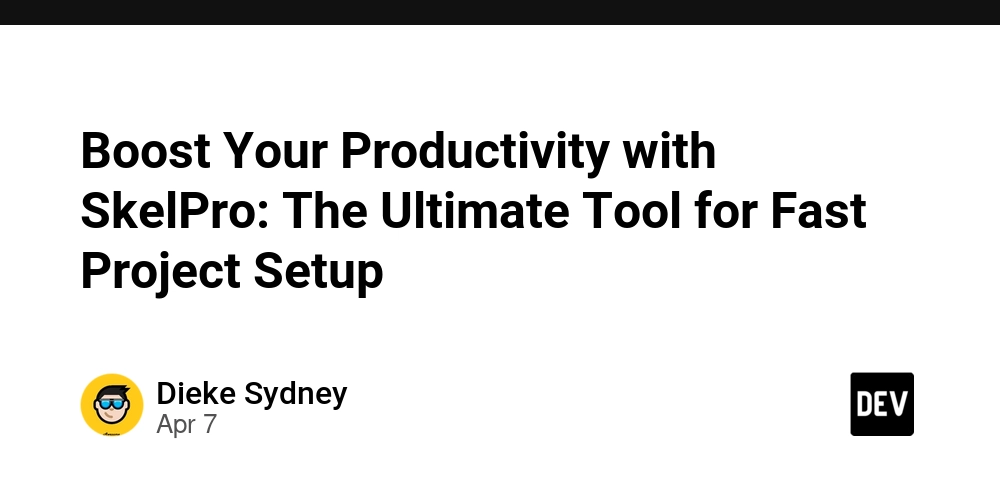










![[DEALS] The Premium Learn to Code Certification Bundle (97% off) & Other Deals Up To 98% Off – Offers End Soon!](https://www.javacodegeeks.com/wp-content/uploads/2012/12/jcg-logo.jpg)
![From drop-out to software architect with Jason Lengstorf [Podcast #167]](https://cdn.hashnode.com/res/hashnode/image/upload/v1743796461357/f3d19cd7-e6f5-4d7c-8bfc-eb974bc8da68.png?#)



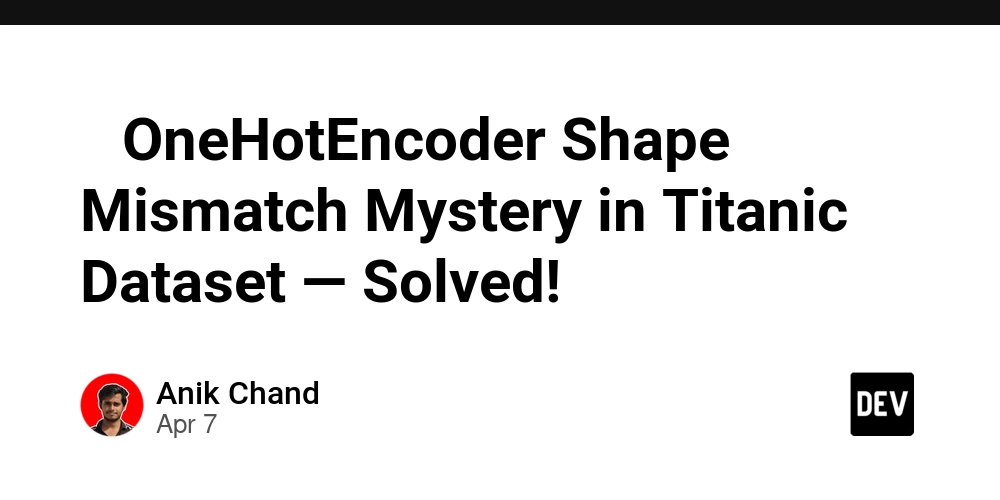
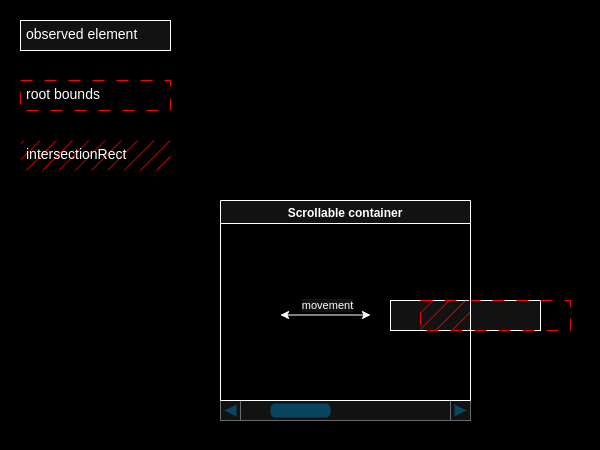



































































































.png?#)




(1).jpg?width=1920&height=1920&fit=bounds&quality=80&format=jpg&auto=webp#)





























_Christophe_Coat_Alamy.jpg?#)
.webp?#)
.webp?#)

















































































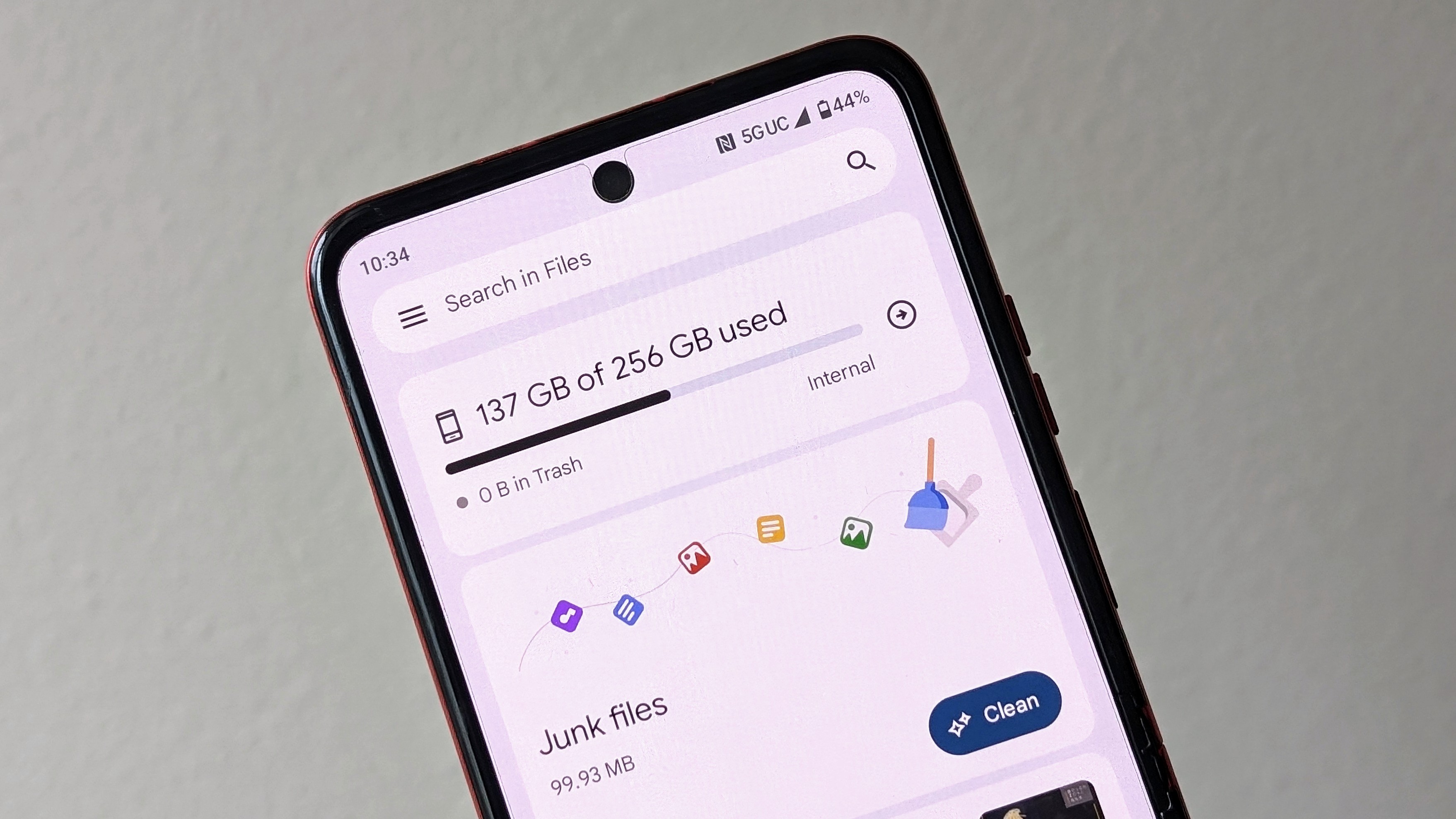

























![Apple Considers Delaying Smart Home Hub Until 2026 [Gurman]](https://www.iclarified.com/images/news/96946/96946/96946-640.jpg)
![iPhone 17 Pro Won't Feature Two-Toned Back [Gurman]](https://www.iclarified.com/images/news/96944/96944/96944-640.jpg)
![Tariffs Threaten Apple's $999 iPhone Price Point in the U.S. [Gurman]](https://www.iclarified.com/images/news/96943/96943/96943-640.jpg)
















































































































